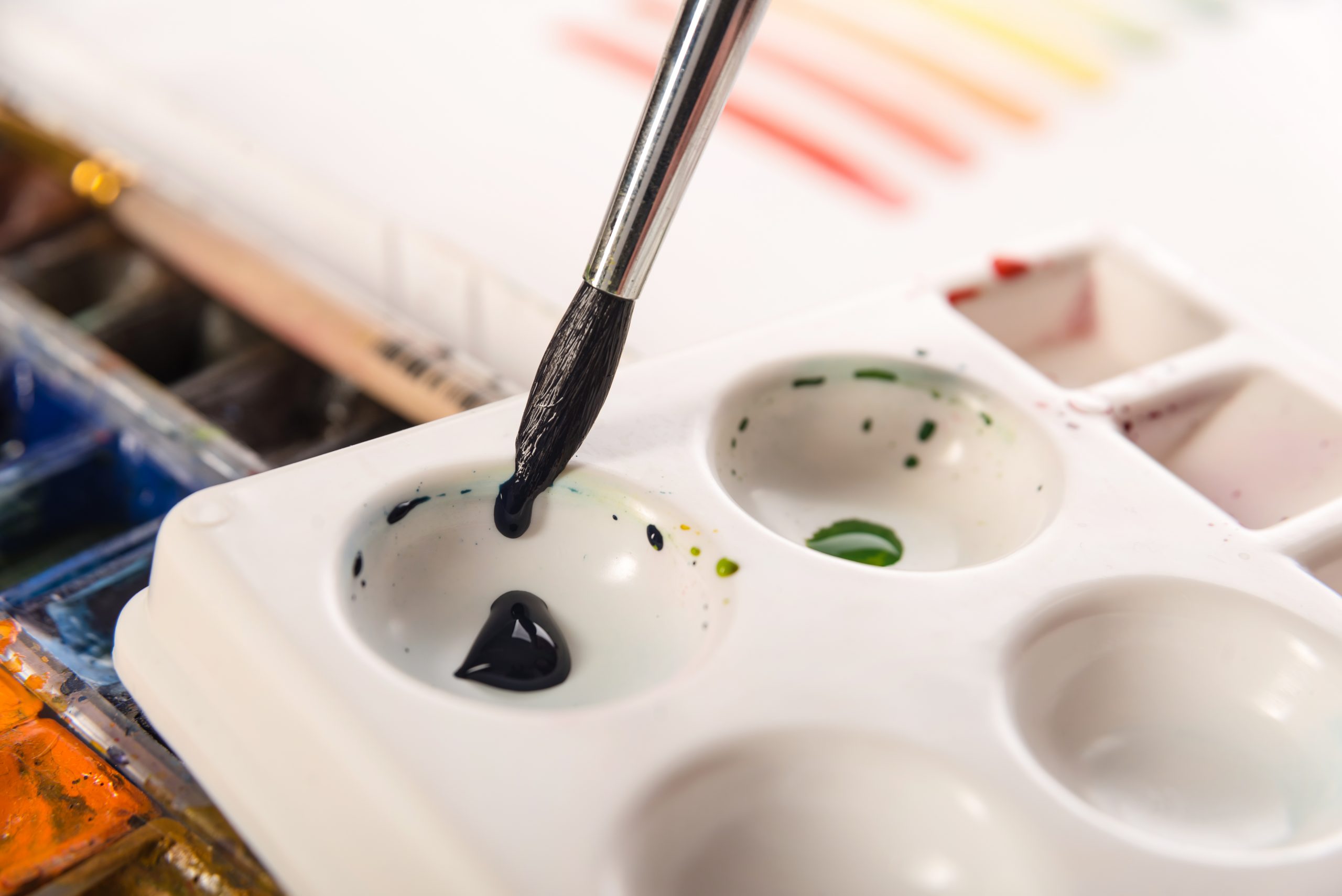Emma Green is an artist known for her unique ability to transform abstract ideas into visually captivating masterpieces. Her work explores the intersection of personal experiences, societal observations, and artistic expression, creating a dialogue between the artist and the viewer. In this article, we delve into Emma Green’s creative process and the vision that drives her remarkable art.
The Beginning of an Idea
Q: Emma, how does an idea for a piece of art begin for you?
Emma Green: “For me, it all starts with an emotional response—whether it’s to a personal experience, a moment in time, or something I observe in the world. I rarely sketch things out in the traditional sense. Instead, I let the emotions and the themes I’m exploring dictate the direction of the piece. It’s all about tapping into a feeling first and then allowing that to unfold visually.”
The Role of Experimentation in Your Work
Q: You are known for experimenting with different mediums and techniques. How does this shape the final piece?
Emma Green: “Experimentation is at the heart of my work. I love the freedom it gives me to break away from any preconceived boundaries. Whether I’m combining traditional paint with digital elements or layering textures that play with light and shadow, the medium becomes a part of the narrative I’m creating. Sometimes, the medium will take me in unexpected directions, and that’s where the magic happens.”
Translating Emotion into Visual Language
Q: Your work often evokes strong emotional responses. How do you use visual elements to communicate those feelings?
Emma Green: “Color, texture, and form are my tools for translating emotions. For example, when I want to convey chaos or intensity, I’ll use vibrant, clashing colors with rough textures. On the other hand, for more reflective or calm moments, I might lean towards soft tones and smooth surfaces. I want the viewer to feel what I felt when I was creating the piece—whether it’s a sense of peace, tension, or wonder.”
The Process: From Concept to Canvas
Q: Can you walk us through your process from the initial idea to the finished artwork?
Emma Green: “I start by allowing my mind to wander, collecting fragments of ideas—whether it’s from a recent experience or something I’ve seen or read. From there, I begin to translate those thoughts onto the canvas, usually starting with an underpainting that sets the tone. I layer on top of that, making decisions about colors, textures, and shapes as I go along. The final work often looks very different from how it started, and that’s part of the beauty of the creative process.”
Inspiration and Influences
Q: What artists or movements influence your work?
Emma Green: “I draw a lot of inspiration from contemporary artists who blend abstraction with emotion. Artists like Mark Rothko, for his use of color and simplicity, and Yayoi Kusama, for her play with patterns and scale, have been huge influences. I also find a lot of inspiration in nature—how organic shapes and colors interact with one another, creating harmony or tension.”
The Future of Emma Green’s Work
Q: What direction do you see your work taking in the future?
Emma Green: “I’m always evolving, and I hope to continue pushing the boundaries of how I express myself through art. I’m particularly excited about exploring more interactive installations where the viewer can engage with the work in a more immersive way. I’m also experimenting with digital and virtual art forms, which open up new dimensions for creative expression.”
Conclusion
Emma Green’s work is a testament to the power of art as a vehicle for personal expression and emotional connection. By focusing on the process of discovery and experimentation, Emma invites her audience to engage in a shared journey of exploration and reflection. As her work continues to evolve, there’s no doubt she will remain an artist to watch in the contemporary art world.
For those interested in experiencing Emma Green’s art firsthand, be sure to check out her upcoming exhibitions and follow her on social media for sneak peeks of her latest projects.



